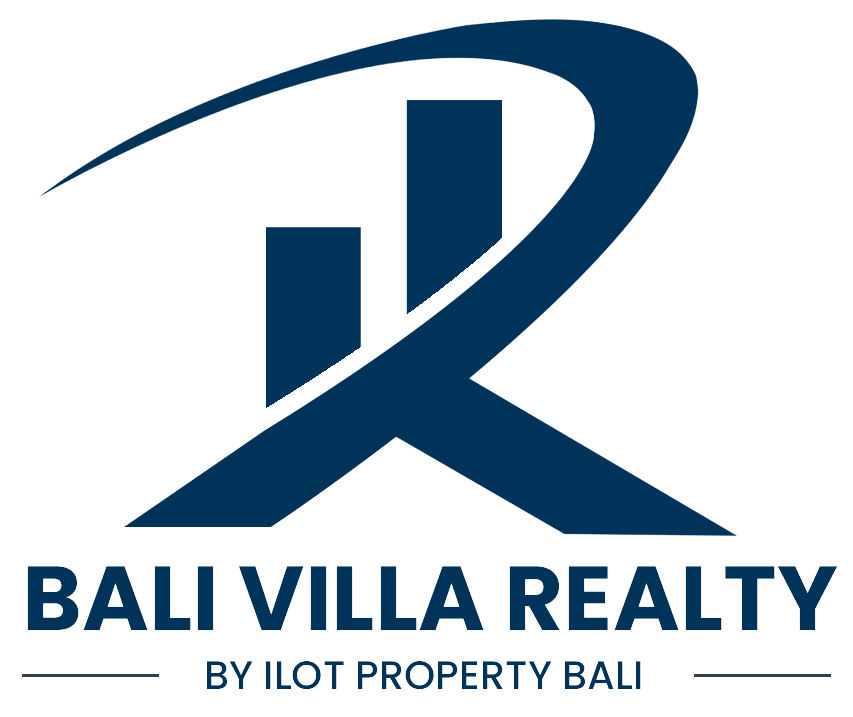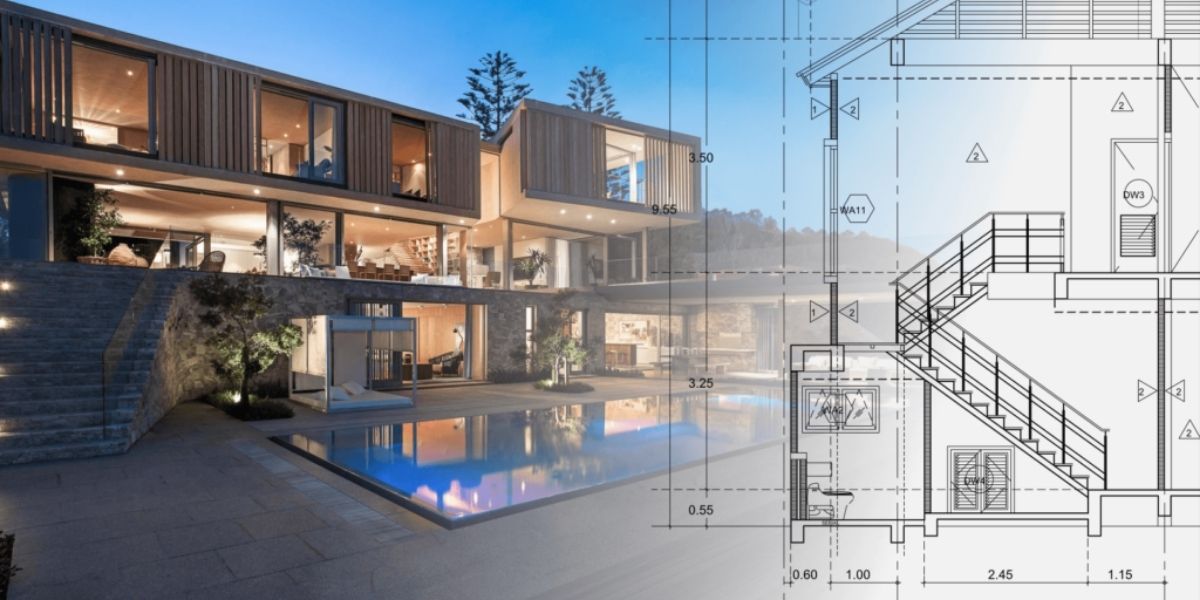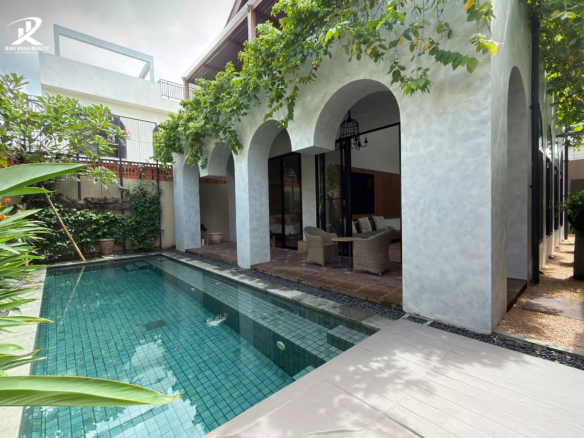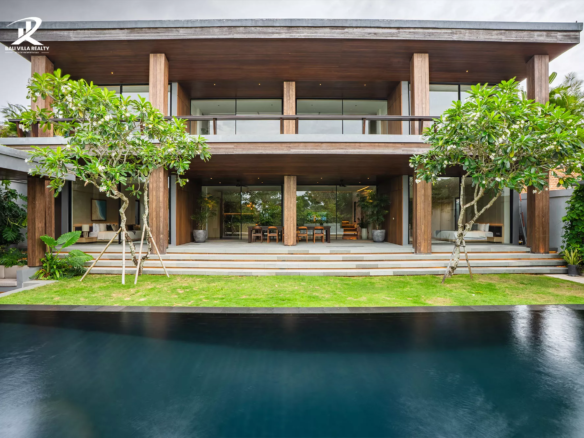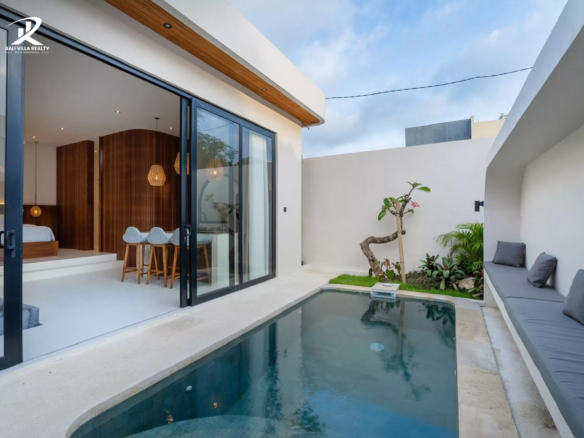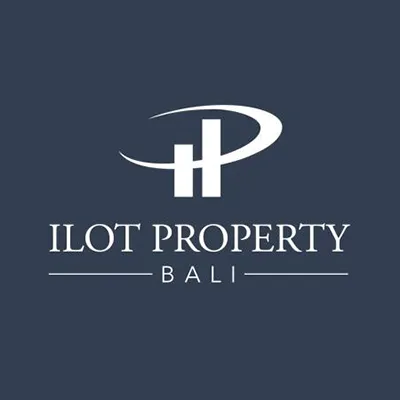If you’re new to property investing, you’ve probably come across the terms Rental Yield and ROI (Return on Investment). Both are key to understanding whether a villa is a good investment.
They may sound similar, but each tells a very different story about how your property performs.
In this guide, we’ll explain them with clear examples, so you can make smarter and more confident investment choices. Keep reading!

Get a Customized Investment Plan in Bali
With over 15+ years in the market, here’s what we can do for you:
- Find the best location to invest in Bali.
- Reliable guidance on Bali’s property market and laws.
- Personalized strategy to maximize returns and meet your financial goals.
Contents
Key Takeaways
- Rental Yield measures annual rental income vs. property price, showing short-term cash flow.
- ROI (Return on Investment) looks at total profit over time, including rental income, property appreciation, and costs.
- Use gross rental yield for quick screening, then calculate net rental yield + ROI for deeper analysis; always factor in growth, demand, and vacancy risks.
- Common mistakes: focusing only on yield, ignoring expenses, or not considering how holding time affects ROI.
Explore Top Deals: Available Bali Villa For Sale - Leasehold and Freehold!
What is Rental Yield?

Rental yield is a quick way to measure how much rental income a property generates compared to its price. Think of it like this: If you’re earning rent from a property, how much money is that bringing in each year?
Rental yield formula = (Annual Rental Income ÷ Property Price) × 100
For example: You buy a villa in Bali for $200,000. It earns $20,000 per year in rent. That means your rental yield is 10%.
A higher yield means your property is generating strong short-term cash flow.
Read More: How to Maximize Your Rental Yield in Bali
What is ROI (Return on Investment)

While rental yield looks at your yearly income, ROI (Return on Investment) looks at the bigger picture.
ROI considers not just rent but also:
- Property appreciation (if its value increases)
- Upfront costs like taxes, fees, and maintenance
- The total return you’re getting over time
ROI formula = (Total Profit ÷ Total Investment Cost) × 100
For example: Let’s say your $200,000 villa increases in value by $20,000 after a year (which depends on market trends, demand and location growth, rental demand, area improvements, etc).
If you add that to your $20,000 rental income, your total profit is $40,000.
Now, let’s say your total investment (including taxes, fees, etc.) was $210,000. So, your ROI is: ($40,000 ÷ $210,000) × 100 = 19%.
Get Your Free Bali Villa ROI Report
Learn real case study data and insights to help you maximize your investment returns in Bali.
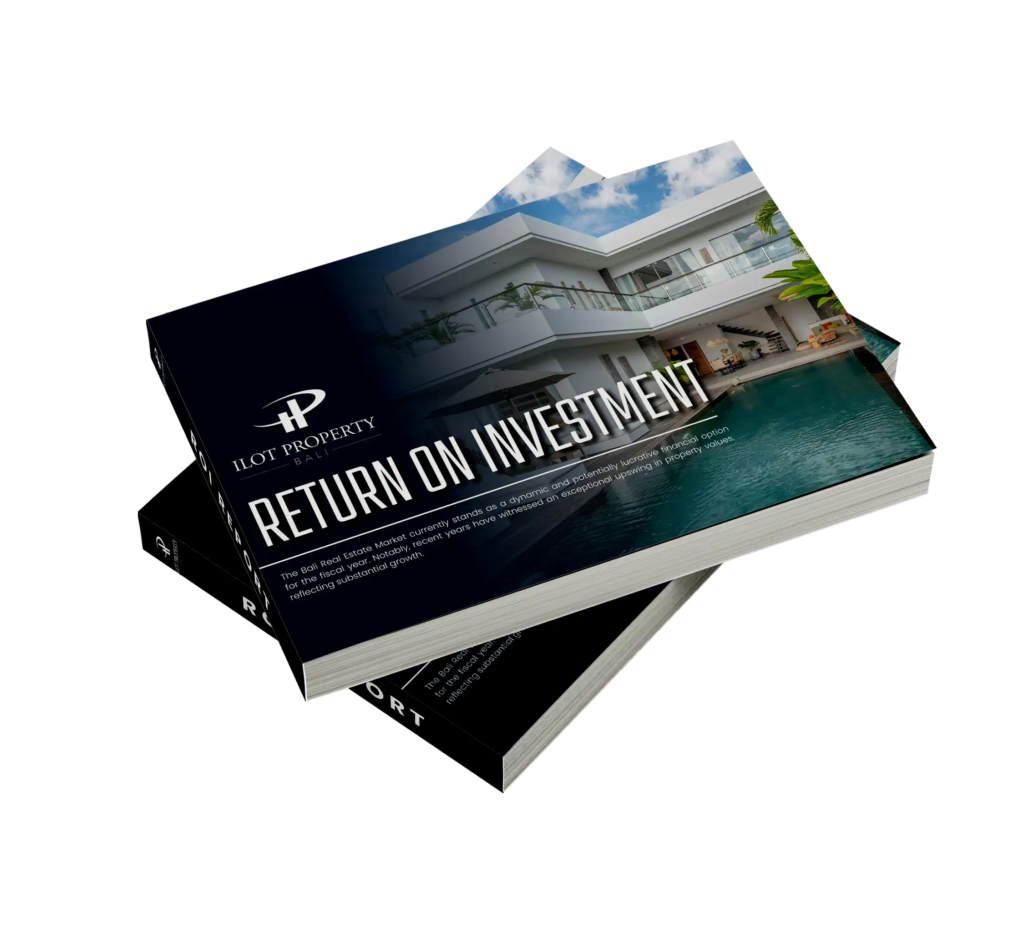
ROI vs Rental Yield Difference
While rental yield focuses on short-term cash flow, ROI helps you understand whether your investment is growing over time.
Here's a table of comparison between the two aspects:
| Aspect | ROI (Return on Investment) | Rental Yield |
|---|---|---|
| Definition | Measures the overall return from an investment (profit vs total investment cost) | Measures annual rental income compared to the property’s purchase price or value |
| Formula | (Net Profit ÷ Total Investment Cost) × 100% | (Annual Rental Income ÷ Property Value) × 100% |
| Focus | Long-term profitability, including capital appreciation + rental income | Ongoing income potential from rentals only |
| Timeframe | Calculated over the whole investment period (can be years) | Calculated annually |
| Includes | Rental income, operating costs, property appreciation, and selling price | Rental income only, usually before expenses |
| Investor Use | Best for measuring full investment success and comparing with other asset classes | Best for checking short-term cash flow potential from rentals |
| Example | Buy villa for $300K, sell at $400K after 5 years + rental profit → ROI 35% | $30K annual rent ÷ $300K property value → Yield 10% |
How Rental Yield and ROI Work Together
Now, you might be wondering: Which one should I focus on? The truth is, both numbers are important—just in different ways:
- Rental yield is great for estimating cash flow and seeing if a property can pay for itself through rent.
- ROI gives you the full picture, factoring in long-term property appreciation and total investment costs.
Think of it this way:
- If your goal is a steady monthly income, rental yield is your go-to metric.
- If you’re thinking about long-term profit and wealth-building, ROI tells you the full story.
Read More: Bali Investment Property Portfolio Growth Hacks (Proven Tips)
How to Use Rental Yield & ROI When Choosing a Property
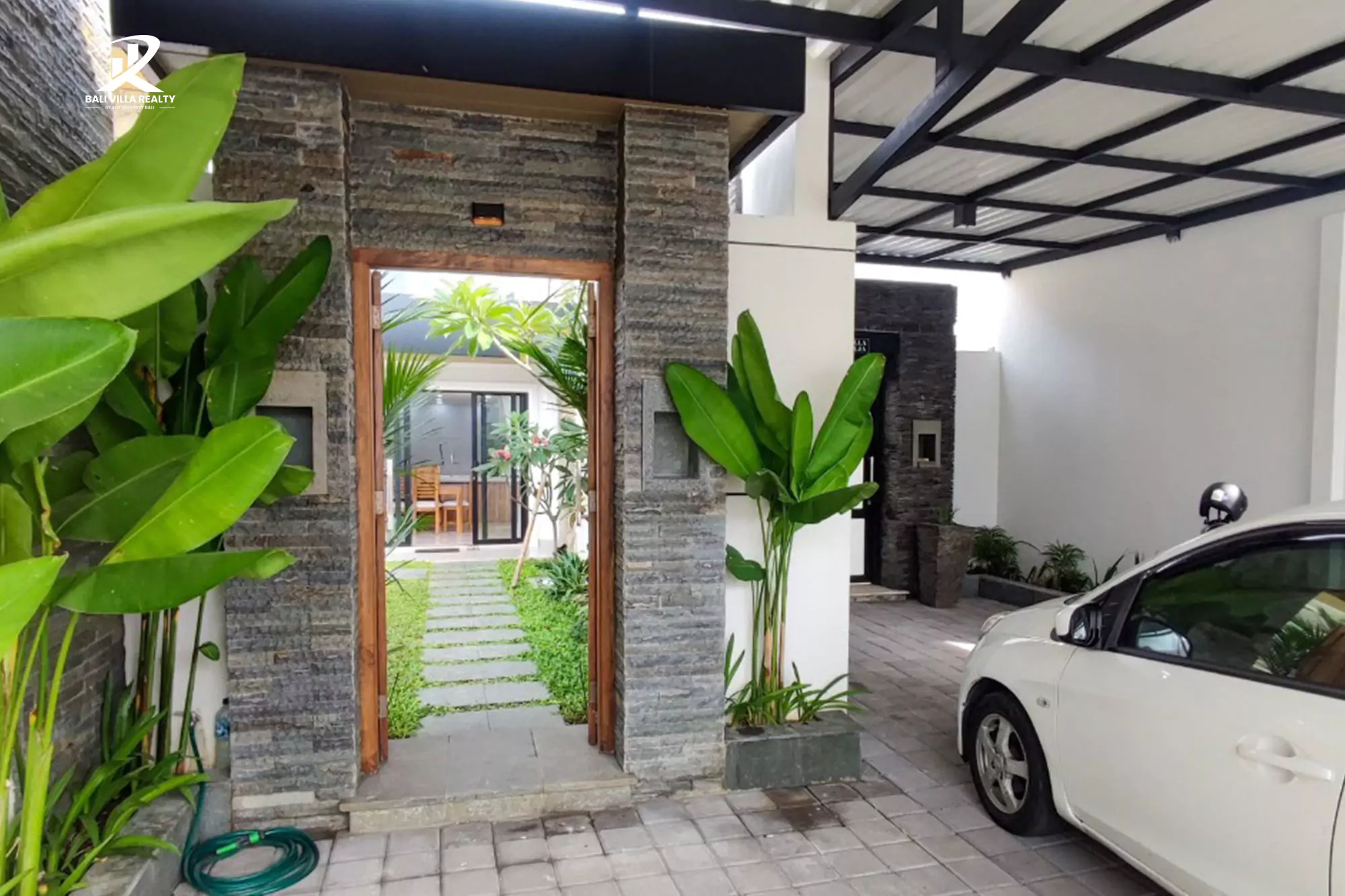
When evaluating a rental property, start with gross rental yield to get a quick snapshot of income potential compared to the property’s cost.
Then, move on to net rental yield and Return on Investment (ROI) for a clearer and more reliable picture.
- Quick Screening: Use gross rental yield to identify properties that may deliver strong cash flow at the early research stage.
- Deeper Analysis (Due Diligence): For shortlisted options, calculate both net rental yield and ROI to understand the true financial performance.
- Big Picture: Keep in mind that yield is only part of the story. You should also factor in capital growth, market demand, and possible vacancy periods.
Investor Common Mistakes (And How to Avoid Them)
Now, to get the most accurate picture, there are a few common mistakes investors should watch out for:
- Only Looking at Rental Yield: A high rental yield looks great, but it doesn’t always mean a property is the best long-term investment. If property values in the area aren’t increasing, your overall returns might not be as strong.
- Forgetting About Expenses: Rental yield doesn’t factor in maintenance, property taxes, or management fees. That’s why it’s important to look at net rental yield—which is what’s left after expenses.
- Ignoring Time: ROI depends on how long you hold the property. If you sell too soon, you might miss out on appreciation, affecting your total returns.
Read More: The Hidden Dangers of Investing Alone in Bali
Conclusion: Rental Yield and ROI are Both Important
At the end of the day, both rental yield and ROI matter—they simply answer different questions.
- Rental yield shows whether the property can cover itself month by month.
- ROI shows if your money is truly growing over time.
The best investors use both to see the full picture.
And remember, you don’t have to figure this out on your own.
If you’d like some guidance, our team can help you run the numbers, compare options, and explore what works best for your goals.
When you’re ready, you’re welcome to book a free 30-minute strategy session with one of our senior advisors. No pressure, no strings attached.
Want to start investing in Bali property?
Have a quick chat with our real estate experts for personalized advice on your Bali investments. No commitment required.
FAQ
1. What is the best yield for rental property?
A healthy net rental yield usually falls between 6% and 10% for investment properties. The exact figure can differ depending on factors like location, property type, and overall market conditions.
2. What is a good ROI for a rental?
In general, many investors view an ROI of 5% to 10% as solid for rental properties. Others, especially those taking on more risk, may aim for 12% or higher returns.
3. What type of real estate has the highest ROI?
Among property types, single-family homes often bring the highest ROI at around 10%, compared to commercial properties, which typically deliver closer to 8%.
